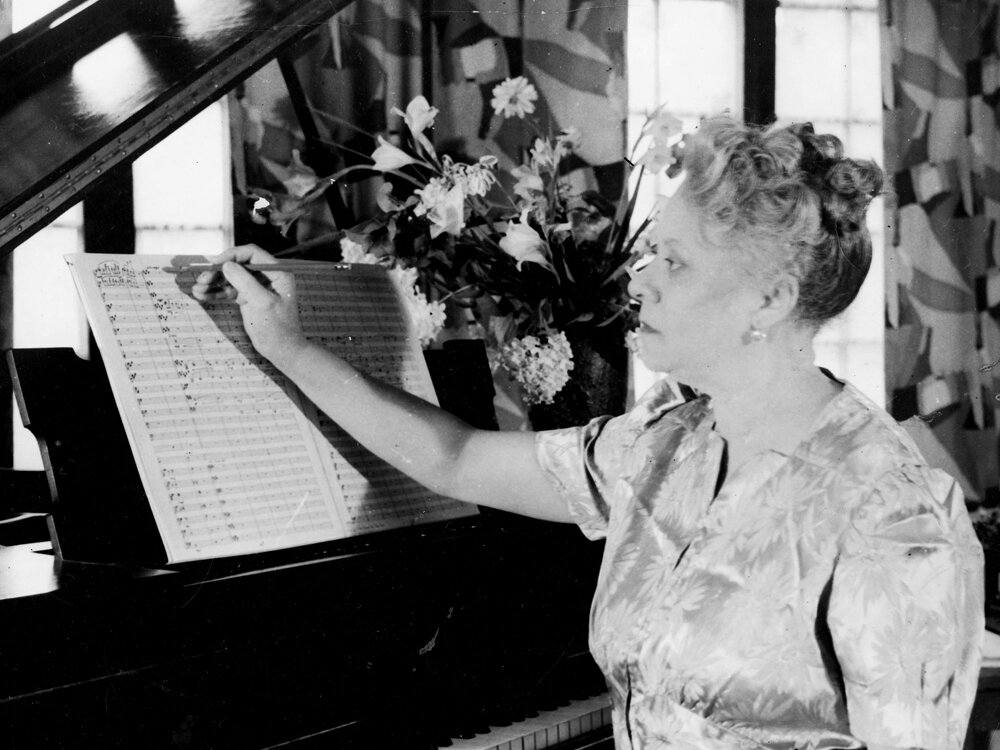He is consistently acknowledged as one of the greatest composers of his age. He contributed to virtually every vocal and instrumental genre in his time, and decisively invented and shaped the evolution of the English oratorio. Handel consolidated the main European styles of his day, always relying on his extraordinary gift for melody. There is mysterious simplicity in Handel’s music, one that marries sensuousness and the spiritual. Frequently probing “the human response to the divine,” his music is illuminated with a great sense of humanity. For Ludwig van Beethoven, “Handel was the greatest composer that ever lived.” As such it is hardly surprising that Beethoven would pour his veneration into a set of variations based on one of Handel’s most famous tunes.
The Harmonious Blacksmith is the popular name of the final movement, Air and variations, of George Frideric Handel's Suite No. 5 in E major, HWV 430, for harpsichord. This instrumental air was one of the first works for harpsichord published by Handel. One of the enduring mysteries of classical music as to why and how the final movement of Handel’s Suite No. 5 for harpsichord acquired the nickname “The Harmonious Blacksmith.” The name certainly did not originate with Handel, and seems to have been first recorded in the early 19th century. One popular legend suggests that Handel once took refuge from a thunderstorm in a smithy, and upon hearing the hammer on the anvil was inspired to write the tune. It’s a good story, but sadly, it originated almost 75 years after Handel’s death. And then there is William Lintern, a blacksmith’s apprentice from Bath who later took up music and published the work under his own nickname, “The Harmonious Blacksmith.” This inspirational story also runs into some authentication problems, but the tune certainly achieved a high degree of popularity. Read more
In August 1750, on a journey back from Germany to London, Handel was seriously injured in a carriage accident between The Hague and Haarlem in the Netherlands. In 1751 one eye started to fail. The cause was a cataract which was operated on by the great charlatan Chevalier Taylor. This did not improve his eyesight, but possibly made it worse. He was completely blind by 1752. He died in 1759 at home in Brook Street, at age 74. The last performance he attended was of Messiah. Handel was buried in Westminster Abbey. More than three thousand mourners attended his funeral, which was given full state hon ours. Read more


